Articles on brewing equipment, how to brew beer and open a brewery

Eight Ways to Improve Mash Efficiency
Mash efficiency refers to the extent to which you are able to pull the sugars out of the malted grain and into the water. A high percentage of sugar recovery (75-90%) is called...
Eight Ways to Improve Mash Efficiency
Mash efficiency refers to the extent to which you are able to pull the sugars out of the malted grain and into the water. A high percentage of sugar recovery (75-90%) is called...
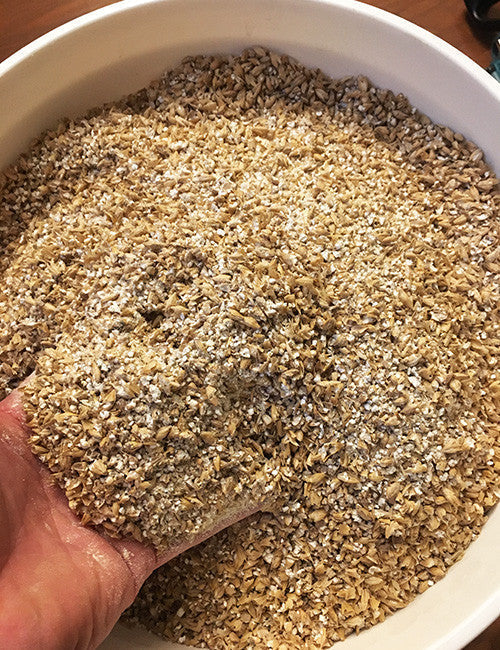
Good Crush Size for High Efficiency and Bed Flu...
The below image is a high definition picture of the image shown on this page of the BREWHA website. It shows a good crush size that removes the grain husk...
Good Crush Size for High Efficiency and Bed Flu...
The below image is a high definition picture of the image shown on this page of the BREWHA website. It shows a good crush size that removes the grain husk...

Great Technique for Improving Mash Efficiency
During the mash, enzymes attack complex carbohydrates in the grain and break them up into more simple sugars that yeast can digest. If all (or most) of the available complex carbohydrates...
Great Technique for Improving Mash Efficiency
During the mash, enzymes attack complex carbohydrates in the grain and break them up into more simple sugars that yeast can digest. If all (or most) of the available complex carbohydrates...
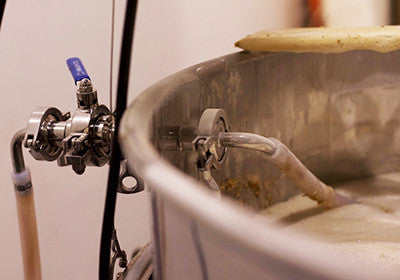
Controlling Vorlauf and Lauter Rates to Prevent...
Not long ago Dave Miller sent me a link to an article he wrote on vorlauf and lautering that has really helped with questions around increasing lauter rates and preventing stuck mashes. In...
Controlling Vorlauf and Lauter Rates to Prevent...
Not long ago Dave Miller sent me a link to an article he wrote on vorlauf and lautering that has really helped with questions around increasing lauter rates and preventing stuck mashes. In...
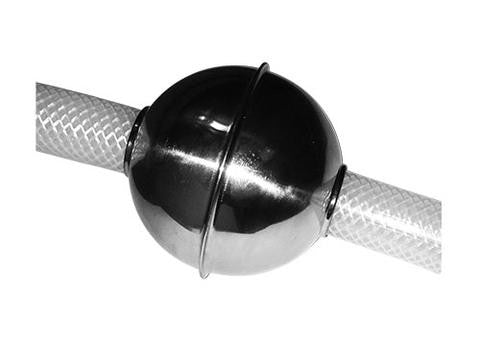
Keeping the Mash Bed Fluid and Preventing Compa...
During the process of mashing when making beer, enzymes (e.g. proteins) 'cut' long-chain, complex sugars/carbohydrates (e.g. starches) into smaller sugars that yeast can digest to produce carbon dioxide and alcohol. In order...
Keeping the Mash Bed Fluid and Preventing Compa...
During the process of mashing when making beer, enzymes (e.g. proteins) 'cut' long-chain, complex sugars/carbohydrates (e.g. starches) into smaller sugars that yeast can digest to produce carbon dioxide and alcohol. In order...
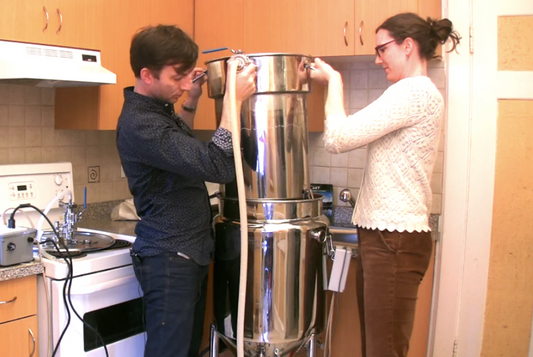
Lifting the Mash Colander out of the BIAC ferme...
In the BIAC method of brewing, after mashing, the Mash Colander is lifted out of the 3-in-1 in order to complete vorlauf (clear any sediment out of the wort by pumping it out...
Lifting the Mash Colander out of the BIAC ferme...
In the BIAC method of brewing, after mashing, the Mash Colander is lifted out of the 3-in-1 in order to complete vorlauf (clear any sediment out of the wort by pumping it out...
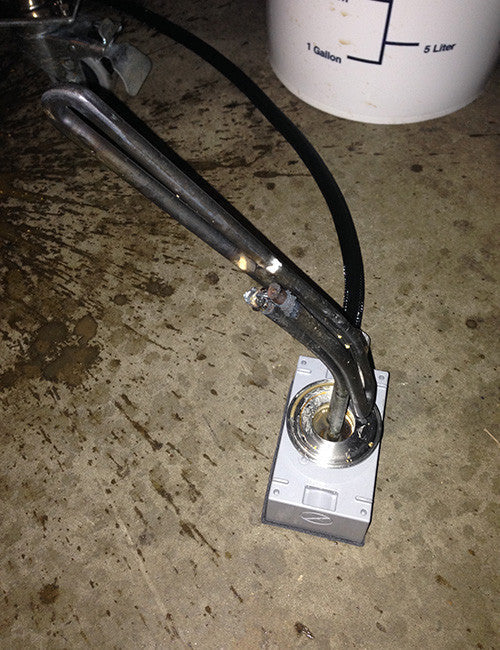
How to Avoid a Stuck Mash and Dry-Firing the He...
Melting a heating element by dry-firing is not a pleasant experience, not to mention it could ruin a batch, so here are a few suggestions on how to avoid this...
How to Avoid a Stuck Mash and Dry-Firing the He...
Melting a heating element by dry-firing is not a pleasant experience, not to mention it could ruin a batch, so here are a few suggestions on how to avoid this...
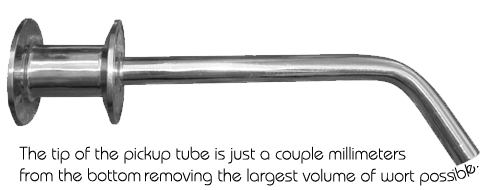
Mash tun dead space: benefit or liability
The BREWHA Mash Tun has been designed with increased space under the screen in order to include an element to provide precise temperature control for best mash efficiency and quality....
Mash tun dead space: benefit or liability
The BREWHA Mash Tun has been designed with increased space under the screen in order to include an element to provide precise temperature control for best mash efficiency and quality....
See next page for more articles on brewing equipment, how to brew beer and open a brewery